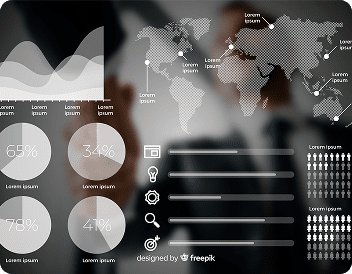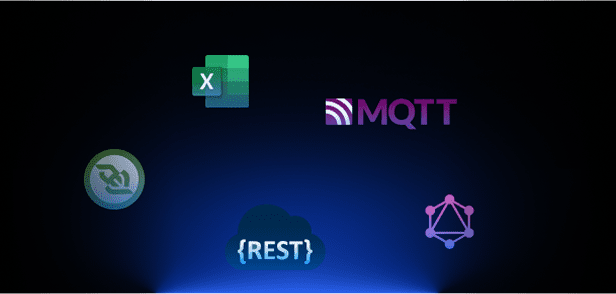Fixing Time in Digital Systems
Qime helps teams rethink how delay, waiting, syncing, and timing affect users — and how they can be repaired.
Every crash has a timestamp. Every bad UX has a wait time. Qime investigates how invisible time-based mechanics impact trust, performance, and inclusion. We restore logic, clarity, and dignity to digital time.
Why Qime Exists
Because Most Systems Waste Time — Ours and Theirs.
From loading wheels to asynchronous APIs, time is misused in the architecture of modern software. It’s hidden. It’s misaligned.
Qime is a response to:
![]() Software that rushes when it should wait
Software that rushes when it should wait
![]() Systems that lag without reason
Systems that lag without reason
![]() Users who wait with no feedback
Users who wait with no feedback
![]() Models that fail in time-sensitive contexts
Models that fail in time-sensitive contexts
We build tools to see, analyze, and repair these temporal fractures.


What We Repair
We Repair Time on 3 Layers
"Time doesn’t break loudly. It slips."
Visible Time
Interfaces that confuse users with poor feedback or fake urgency → we clarify and humanize flow.
Systemic Time
Race conditions, async bugs, or bad timeout defaults → we align logic with reality.
Social Time
Latency in response, support, or updates that harms trust → we design structures for temporal respect.
Field Work

Municipal Portal (Baltic region)
Public dashboard crashed under async load
Rebuilt API sync logic + introduced progressive delay UX
+52% citizen satisfaction on mobile flow

IoT Health Network (Canada)
Sensor lag caused misreadings in critical events
Deployed temporal buffers + staggered sync
False alerts dropped 68% within 2 months

Legacy SaaS CRM (US)
Support queue displayed incorrect ETA & auto-timeouts
Reengineered queue estimation based on historical variance
User complaints fell 41%; trust restored

The Qime Cycle
Time is a System. Let’s Rewire It.
We don’t just fix lag. We ask: what was it costing you before?
Trace
Map invisible temporal logic
Expose
Reveal harm patterns in latency & sync
Remap
Recalibrate speed, waiting, pacing
Refactor
Implement async-aware, delay-sensitive logic
Teach
Train teams to reason with time
Our Tools
Q-Time Audit (1-2 week investigation)
Delay Mapping Canvas (UX + Dev bridge)
Asynchrony Analyzer (logs → harm metrics)
Chrono Code Sprint (repair-focused dev assist)
Temporal Governance Guide (ethical time management for orgs)
Technologies: agnostic. We speak REST, WebSocket, GraphQL, MQTT, and Excel timelines.

Manifesto
Qime Is Not About Speed. It’s About Time Integrity.
We reject the obsession with acceleration for its own sake. Not everything needs to be “real-time.”
"Speed is a feature. Time is a responsibility."
Slow where slowness is safe
Fast where timing is critical
Feedback that tells the truth
UX that guides the clock

FAQ
Do you build or just advise?
Can you fix real-time systems?
What kind of companies do you help?
Do you only work in English-speaking markets?
Can you train our dev/product team?
What’s a Delay Mapping Canvas?
Do you work with AI models and LLMs?
Can I run a small audit with no dev changes?